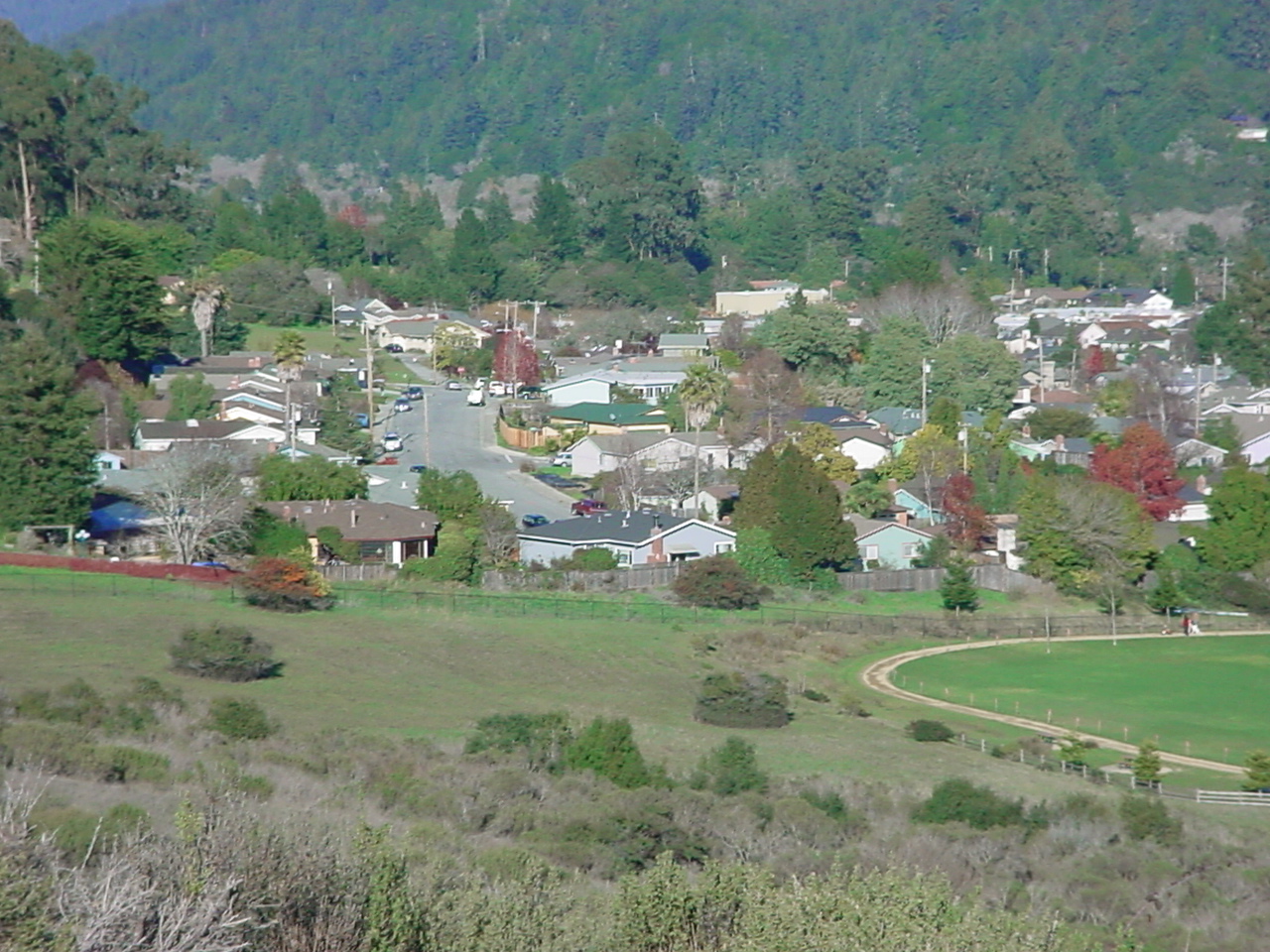|
Soquel Demonstration State Forest
Soquel Demonstration State Forest (SDSF or SDF) is one of eight Cal Fire operated Demonstration State Forests totaling 71,000 acres. Collectively, the forests represent the most common forest types in the state. The State Forests grow approximately 75 million board feet yearly and harvest an average of 30 million board feet of timber each year, enough to build 3,000 single-family homes. Revenue from these harvests fund a variety of the Department's Resource Management Programs. In addition, the forests provide research and demonstration projects on forest management, while providing public recreation opportunities, fish and wildlife habitat, and watershed protection. The Board of Forestry and Fire Protection (Board) policy provides that the State Forests shall be used for experimentation to determine the economic feasibility of artificial reforestation, and to demonstrate the productive and economic possibilities of good forest practices toward maintaining forest crop land in a ... [...More Info...] [...Related Items...] OR: [Wikipedia] [Google] [Baidu] |
Soquel, California
Soquel (; Ohlone: ''Sokel'') is an unincorporated town and census-designated place (CDP) in Santa Cruz County, California, located on the northern coast of Monterey Bay. The population was 9,980 at the 2020 census. Geography Soquel is located at (36.986991, -121.945636). According to the United States Census Bureau, the CDP has a total area of 4.6 square miles (11.9 km), all of it land. Soquel Creek flows through Soquel. Demographics 2010 At the 2010 census Soquel had a population of 9,644. The population density was . The racial makeup of Soquel was 7,898 (81.9%) White, 85 (0.9%) African American, 71 (0.7%) Native American, 356 (3.7%) Asian, 21 (0.2%) Pacific Islander, 693 (7.2%) from other races, and 520 (5.4%) from two or more races. Hispanic or Latino of any race were 1,606 persons (16.7%). The census reported that 9,595 people (99.5% of the population) lived in households, 49 (0.5%) lived in non-institutionalized group quarters, and no one was institution ... [...More Info...] [...Related Items...] OR: [Wikipedia] [Google] [Baidu] |
